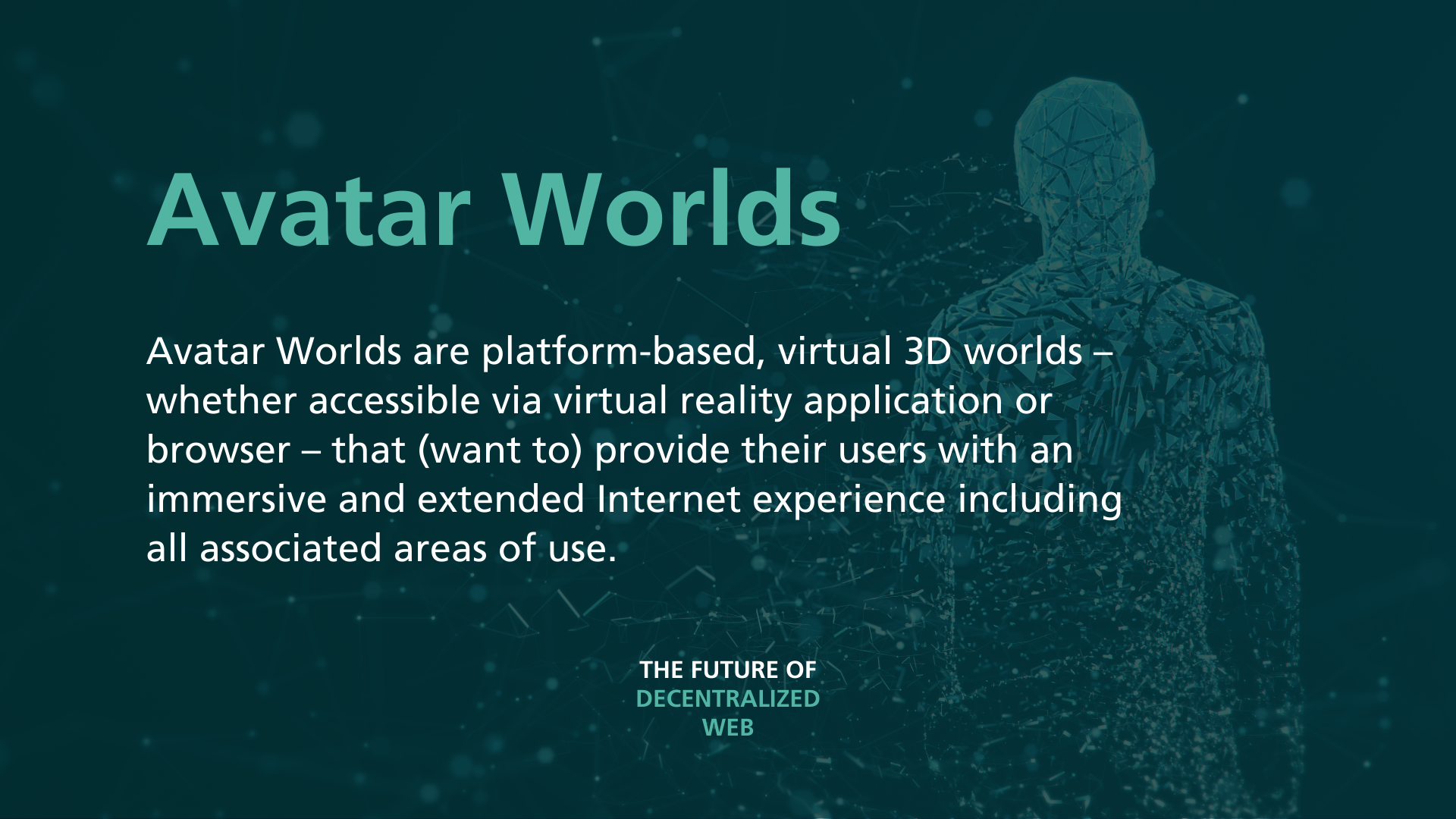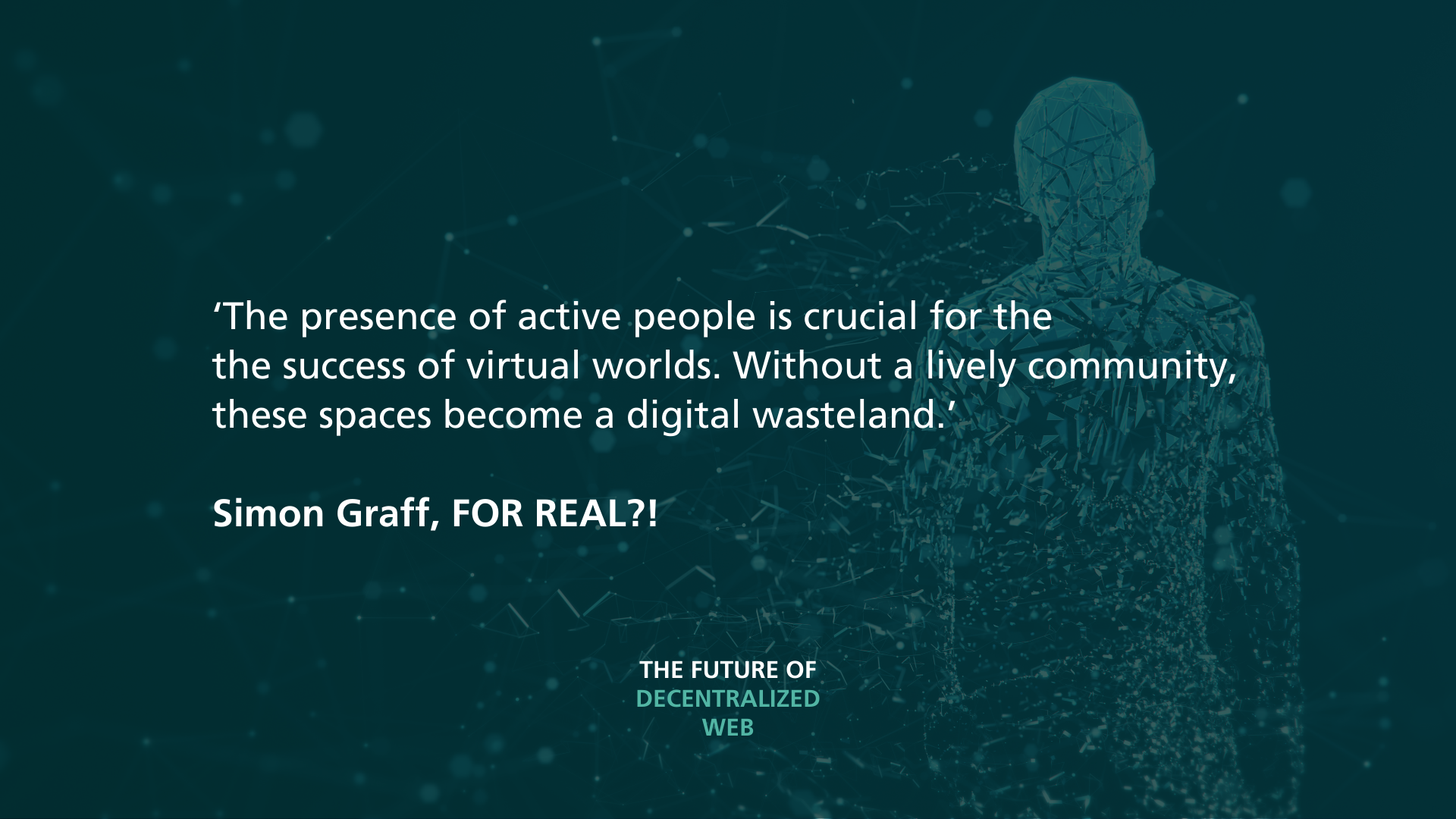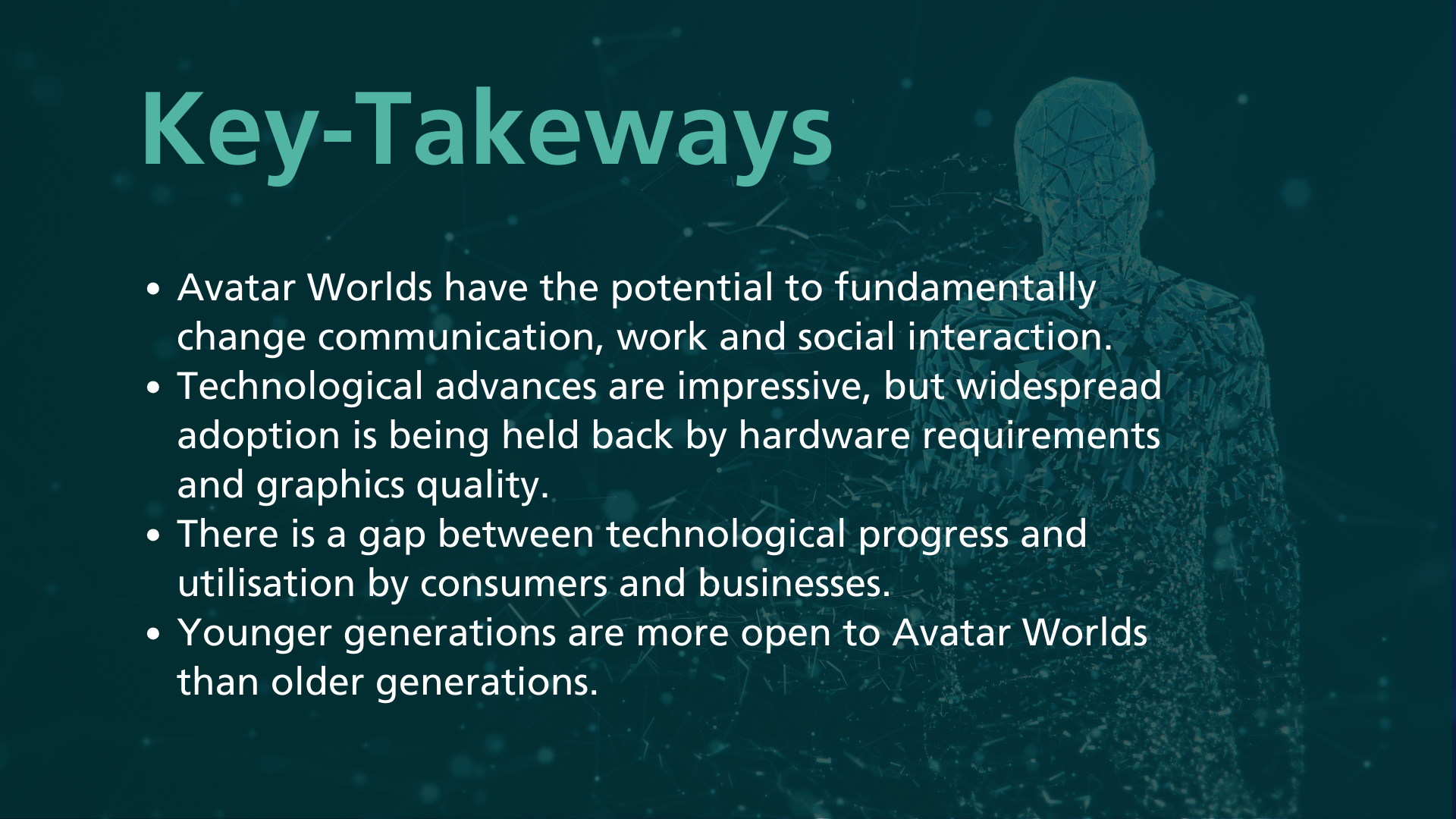
17. October 2024
Web3 outlook for the next 10 years with Simon Graff, founder of FOR REAL?!
We recently published our Crossroads Essay “The Future of Decentralized Web”. What we know about the decentralized web and what impact it will have on the German media and communications market over the next 10 years. In our interview series, we bring you exciting insights from our expert interviews and continue with Simon Graff, founder of FOR REAL?!
Simon Graff is an expert in emerging technologies such as generative AI, spatial computing and the metaverse. As a consultant and strategist, he helps clients navigate the paradigm shift that these technologies will bring. Since 2014, he has gained experience in various positions such as Creative Technologist, Head of Immersive Media and Director of Innovation before founding his own strategy consultancy FOR REAL?! in 2021. He is passionate about sharing his knowledge and experience of innovative technologies through speaking engagements, advisory boards and mentoring programmes. Since 2019, he has also been president of the Hamburg-based XR association nextReality e.V..
In an increasingly digital world, virtual spaces and identities are becoming more and more important. Avatar worlds – platform-based, 3D virtual worlds – promise an enhanced Internet experience with a wide range of possible applications. But how far along are we? What are the opportunities and challenges of these new digital realities?

The current status: between hype and reality
The development of avatar worlds is currently in a fascinating phase, characterised by impressive technological advances on the one hand and the struggle for broad acceptance on the other. Platforms such as Roblox have already built up a considerable user base and demonstrate the immense potential of these virtual worlds. With over 70 million active users every day, Roblox impressively demonstrates how avatar worlds can connect people and unleash creative potential.
Nevertheless, we are only at the beginning of this development. Although the technology is advanced, it is still far from reaching its full potential. Challenges such as the need for special hardware (e.g. VR glasses) or the often still inadequate graphics quality are slowing down widespread adoption. In addition, many platforms are still struggling to deliver convincing content and use cases that go beyond the novelty factor.
Interestingly, there is a discrepancy between technological progress and actual use. While the development maturity of the technology is already quite advanced, implementation in companies and consumer acceptance are often still lagging behind. This suggests that the greatest challenges are less of a technical nature, but rather lie in creating convincing use cases and overcoming barriers to acceptance.
Limits and visions of a fully developed Avatar World
The current limitations of Avatar Worlds are manifold and range from technical hurdles to social and regulatory challenges. In addition to the hardware requirements and graphics limitations already mentioned, there are also problems with latency, computing power and the scalability of large virtual environments. These technical limitations often impair immersion and the user experience.
Regulatory issues, particularly in the areas of data protection, online security and intellectual property, have also not yet been fully resolved. How do we protect the privacy of users in a world where every interaction can potentially be recorded and analysed? How do we deal with virtual goods and their ownership rights? These questions need to be answered in order to create a safe and fair environment in Avatar Worlds.
However, a fully developed form of Avatar Worlds could be ground-breaking and enrich our lives in many ways. For example, a scenario in which the boundaries between physical and virtual reality become blurred: Virtual offices and meeting rooms could be so realistic that they simulate physical presence almost perfectly. Teams could work together regardless of their location as if they were in the same room. In education, immersive learning environments could be created in which students can experience the recreation of historical events up close, visualise complex scientific concepts or train safely in simulated environments.
In the entertainment and social sphere, concerts, sporting events and social gatherings could break the boundaries of the physical world. Standing on stage next to your favourite band or watching a football match from the team's perspective is no longer a far-fetched dream of the future, but a tangible reality. Retail and business could be revolutionised by virtual marketplaces and showrooms where customers can explore and test products in 3D before making a purchase. This could lead to completely new sales potential in the virtual space.
To fully utilise this potential, avatar worlds must be seamlessly integrated into our everyday lives. They should be intuitive to use, ubiquitously accessible and so immersive that the transition between the real and virtual worlds becomes seamless. At the same time, it must be ensured that these worlds are inclusive, safe and ethically designed to avoid negative effects such as addiction or social isolation.

The application perspective and future acceptance
The reactions of German consumers to avatar worlds are currently still mixed and reflect a certain reticence that is not unusual for new technologies. While younger generations, especially the so-called “digital natives”, often react more openly and enthusiastically to these new virtual worlds, older target groups are often more sceptical.
There are various reasons for this scepticism: Many people, especially older generations, have little to no experience with virtual worlds or advanced digital technologies. This can lead to uncertainty and reticence. It is also often not immediately clear to consumers what specific added value Avatar Worlds can offer in their daily lives. The need for special hardware such as VR glasses is a barrier to entry for many, both financially and in terms of operation.
At a time when data protection is a hot topic, many consumers are also concerned about their privacy and the security of their data in virtual environments. Concerns about possible alienation from the ‘real’ world and social isolation also play a role in the reluctance of some consumers.
Despite these challenges, there is reason to believe that the acceptance of avatar worlds will increase in the future. As younger, tech-savvy generations grow up, the general openness towards virtual worlds will increase. Technological improvements in areas such as graphics quality, ease of use and accessibility will lower the barriers to entry and improve the user experience. The development of useful and entertaining applications in areas such as work, education and entertainment will increase the perceived added value.
Social changes, such as those we have experienced during the COVID-19 pandemic, have shown how important virtual interaction opportunities can be. Such experiences could increase openness to avatar worlds. The gradual integration of avatar elements into popular social media platforms could also lead to a smoother introduction and greater acceptance.
For broad acceptance in Germany and beyond, it will be crucial to create low-threshold access options and develop convincing use cases that offer clear added value in everyday life. At the same time, concerns regarding data protection and security must be taken seriously and addressed.
The future of the media and communications market
Avatar Worlds have the potential to add value to the media and communications market. They offer new platforms for advertising, content creation and interactive experiences that go far beyond the possibilities of traditional media. This development will not only complement existing formats, but also enable completely new forms of media production and experience.
In the field of advertising, we are already seeing a shift from passive adverts to interactive, experience-oriented campaigns in virtual worlds. Users could explore products in 3D, visit virtual test centres or take part in brand-related experiences. The rise of virtual influencers and avatars could go even further, with brand avatars acting as interactive representatives and interacting directly with customers. New forms of storytelling could emerge, with immersive, interactive stories in which viewers become active participants. This could revolutionise the way we consume films, series and other entertainment formats. Virtual concerts and events, as we have already seen in Fortnite, could become the norm and offer the opportunity to scale experiences and make them accessible to a global audience.
Avatar Worlds could also represent the next evolution of social media, with fully immersive social spaces that go far beyond text, images and video. New monetisation models could emerge, with virtual goods, from avatar clothing to digital collectibles, opening up new revenue streams for companies and creators.
The ability to analyse user behaviour in virtual worlds could lead to highly personalised media and advertising experiences. In the education sector, media companies could create immersive learning environments that complement or even replace traditional educational formats.
However, this development also brings challenges. Data protection and privacy will become even more critical issues when every interaction in a virtual world can potentially be recorded and analysed. It will also be important to develop ethical guidelines for the design and use of these new forms of media to avoid misuse and negative social impacts.
It will be crucial for companies in the media and communications sector to experiment early on and build up expertise in this area. At the same time, they should proceed cautiously and strategically, as not every brand or product will benefit equally from Avatar Worlds. It will be important to create authentic and valuable experiences that go beyond mere novelty effects and offer real added value for the user.
The future of the media and communications market in Avatar Worlds promises to be exciting and transformative. It offers the opportunity to create, distribute and consume content in a completely new way. Companies that manage to utilise the possibilities of these new platforms creatively and responsibly could secure a significant competitive advantage in the digital future.

Conclusion and outlook
Avatar Worlds are on the cusp of an exciting future that has the potential to fundamentally change the way we communicate, work and live. Their development is likely to be linear rather than erratic, characterised by continuous improvements in technology, content and user acceptance.
Crucial to success will be technological advances that enable a seamless, immersive experience. Equally important are convincing use cases that offer real added value and go beyond mere novelty effects. Addressing security and privacy issues will play a key role in building trust with users. Ultimately, social acceptance and integration into everyday life will determine whether avatar worlds become an integral part of our lives.
It is up to us to design and utilise this technology in such a way that it enriches our lives and opens up new possibilities. The journey into this new digital dimension has only just begun, and it remains exciting to see how this virtual future will unfold.
Would you like to know more? Exchange ideas with us? Please write to us at: Strategie(at)stroeer.de
Media content in this blog post was created with the help of AI.


